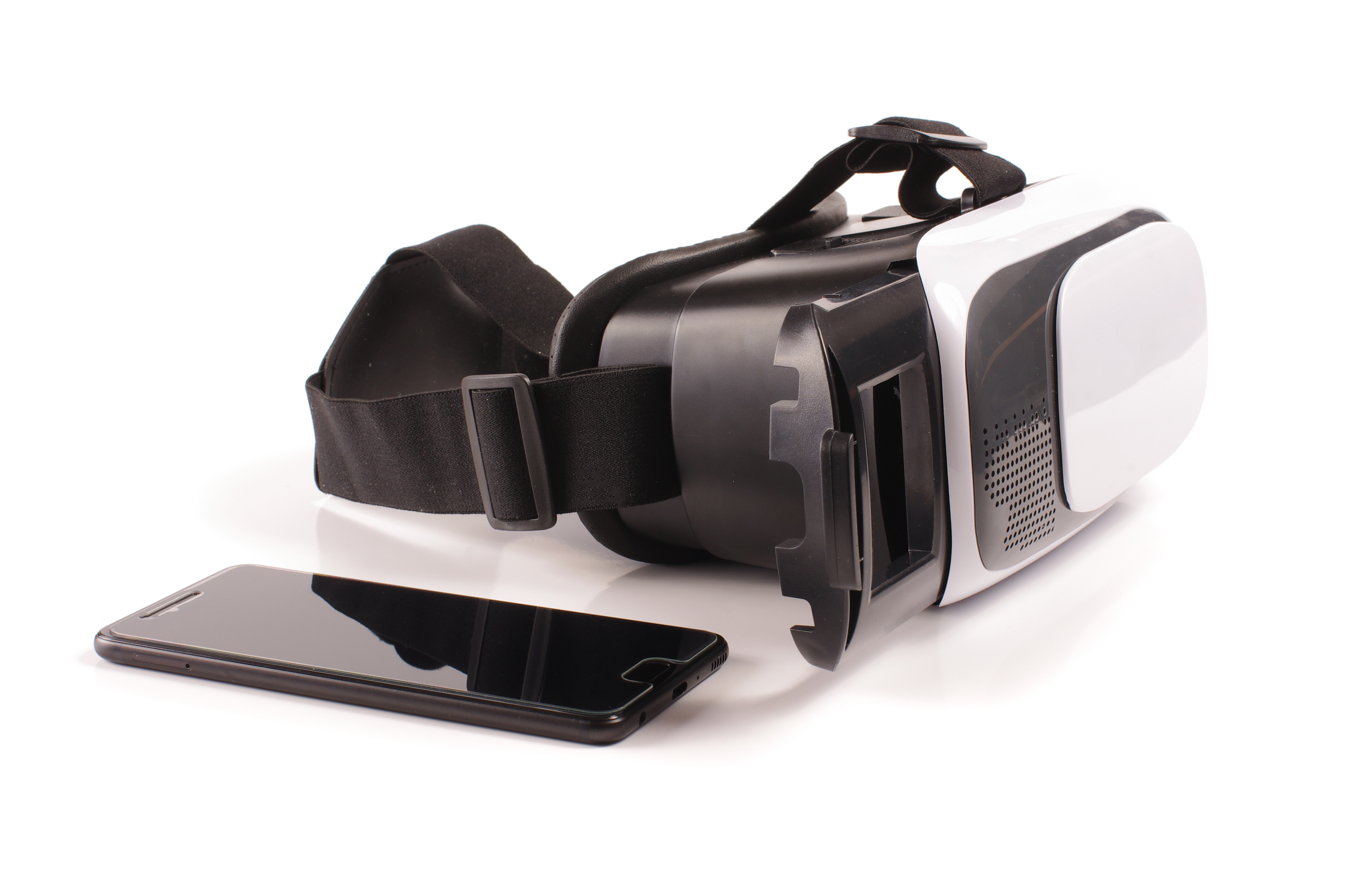Things to Consider Before Buying a VR Headset

VR is mainstream, and 2019 is set to be the defining moment for VR. Oculus existence has spurred big names like Google, Microsoft, Sony, Facebook, Samsung, etc. to join the bandwagon and achieve mainstream success and recognition. The competition has pushed prices down, making VR even more accessible. Projections put VR gaming sales to reach over $4 billion in 2019. From the statistics, it’s pretty clear that VR is here to stay, even though it will take some time before the headsets becomes everyday devices.
But as Virtual Reality headsets start becoming common gadgets in many households, the very real differences between the various brands will start to matter. So if you want to venture into VR, what kind of things should you consider? Should you stick with the well-known Samsung Gear VR, or do you take a chance on the Merge VR?
There is no such thing as the best VR headset in the market as there’s no single VR headset that’s right for every person. Every headset has its unique features and functions. While it’s easy to cherry-pick the shiniest or newest gadget, almost every month there are new things in software and hardware being built. If you’ve been looking for a VR experience, but you have no idea where to best spend your hard-earned money, you’re reading the right article.
The market is flooded with different headsets which is both great and confusing. The tons of choice makes the job of picking the best option to fit your needs daunting. If you are in this situation; don’t fret, we’re here to help. This article will give you the information you need to sort through the options before you spend some money on your first VR headset. We will break down the features to look for when buying a VR headset, how much you can expect to pay and what you can do with the different kinds of VR.
Ready? Here we go!
Do You Have Everything That Is Required? Is Your Device Compatible with VR?
You cannot just go online and purchase a VR headset and expect it to work with your existing smartphone or personal computer. The one most important factor to consider is how you plan to power your VR headset. What do you already own? You first have to ensure that your device meets the minimum requirements.
For instance, the PlayStation VR headset needs a PS4 Console and a PlayStation Camera to work while the HTC Vive requires a PC connection with serious specs. If you plan on buying a PlayStation VR headset, you should ensure you have a dedicated VR space. Playing in a small space can ruin your entire gaming experience as you will keep running into furniture or walls.
If you are planning to buy the HTC Vive VR headset, your PC should be compatible and provide optimum performance. You need to have a powerful CPU with at least 4GB of RAM, a processor equivalent to or better than an AMD FX 8350 or Intel i5-4590, a graphics card equivalent to or better than an AMD R9 290 or NVIDIA GTX 970, and DisplayPort 1.2 or HDMI 1.4 output. If your laptop doesn’t meet these requirements to run a VR headset, better spend your money on something else.
For smartphones, your phones should fit and have a Gyro sensor if you plan to use it with a mobile VR headset. Mobile VR headsets like Google Daydream and Gera VR deliver a higher quality experience, but they only work with selected smartphones. If you have a recent Samsung Phone like the Galaxy S9, get yourself the new Samsung Gear VR.
What Equipment Will You Use With It?
Depending on what you’re going to use the VR headset for, you’ve got a few options. There is no universal VR headset yet, and you will have to rely on the ones available.
Currently, there are 3 types of VR headsets on the market: standalone, PC-powered and smartphone-powered.
PC-powered VR headsets are particularly suitable for high-end gaming. They provide a rich VR experience with advanced controllers for full immersion and amazingly accurate location-based tracking. To power your VR experience with this headsets, you will have to dig deeper into your pockets to purchase them and also invest in new computer hardware.
Mobile VR headsets are the most popular type. Mostly a beginner’s VR headset, they provide you access to a budget range of basic games and 360-degrees videos. To provide a VR experience, they require a smartphone for the tracking, internals and display. If you want actual interaction with virtual environments, try the other types of headsets.
If mobile and PC VR headsets aren’t your cup of tea, you can try to use standalone VR headsets. These sets don’t require a PC or a smartphone for use, but they provide an experience similar to mobile VR headsets. For better VR interaction, you get a dedicated controller. Oculus Go is the poster boy of standalone VR headsets. They cost slightly more than mobile VR headsets, but it’s a small price to pay for the simplicity of use and upgraded visuals.
Immersion (Controllers, Tracking and Sound)
In simple words, immersion means the degree to which your brain can be tricked. The more immersive a VR headset is, the more you will feel that you are actually there
Most buyers ignore controllers when shopping for their next VR headset. What they probably don’t know is that controllers are your gateway into the VR world and they vary depending on the system. While some controllers offer a true 1:1 positioning tracking, others don’t. Since it is controllers that allow you to reach out and immerse in your surroundings, it’s vital they are as comfortable and accurate as possible.
Positional tracking is another vital aspect to consider before buying a VR headset. The more precise the tracking is for a particular headset, the better the VR immersion. Any lag or gap between your position in real-life and in-game will adversely affect your experience.
High-end VR headsets come with accurate controllers that offer true 1:1 positional tracking. The PlayStation VR headset may also offer positional tracking, but when compared to HTC and Oculus headsets, it’s not quite as accurate.
Standalone VR controllers may offer the same kind of quality as their premium mobile counterparts, but they don’t provide the same type of tracking that high-end controllers give.
While most standalone and mobile VR headsets only offer 3DoF (Degrees of Freedom), premium headsets offer 6DoF. If you’re new to the VR world, DoF is the number of movement types you may experience. 3DoF (360 degrees tracking)means the headset will let you stand in one location, look around, up and down, any other movements would not be tracked. 6DoF is more advanced and can track your location within the physical space. 6DoF provides better immersion as you can walk physically around virtual worlds.
Just like controllers and positional tracking, sound also plays a significant role in helping you feel immersed. Entry-level VR headsets come with built-in speakers that may not produce quality sound as premium headsets with built-in headphones. Such high-end headsets also feature a built-in microphone that will let you use voice control or communicate with others in-game.
How Much Does It Weigh?
You want your VR headset to be as comfortable and lightweight as possible. A headset’s immersion might be incredible, but if it feels unbalanced, heavy and itchy, it can really get tiring if you plan to use it for extended periods. A VR headset should be comfortable enough to be used for an hour or two. Mobile headsets are generally lighter, but you must take into account the additional weight of your smartphone. Manufacturers of other types of headsets put an effort to balance their designs so that less weight is put on your face to avoid “VR face.”
Resolution, Refresh Rate and Field of View
A VR headset’s resolution, refresh rate and field of view are fundamental to a decent VR experience. For the resolution part, it’s pretty much straightforward: the higher the resolution, the better quality view you will experience. This translates to an exceptional VR experience – higher quality images, easy-to-read text, and crispier edges.
Resolution and refresh rate go together. A good resolution wouldn’t mean much if the refresh rate is terrible. For a fast-paced VR, 90Hz is the minimum requirement. If the game you’re playing is not particularly intense, you can manage with 70Hz. When your VR headset takes too long to refresh, you will begin to notice motion sickness.
A field of view basically provides you an idea of how immersive a particular VR headset is. As a general rule of the thumb, go for a VR headset with a FOV of between 100-110 degrees. The wider the FOV, the better.The Rift and Vive both provide a FOV of 110 degrees, the Samsung Gear VR 96 degrees, the Oculus Go 100 degrees, and the Daydream View 90 degrees. A small field of view will make a user feel like they’re looking through a diving mask.
If you happen to wear glasses, you might want to check whether you can wear your preferred headsets with glasses. The PlayStation VR, Vive and Oculus all comfortably fit over glasses.
Conclusion
Whether to buy a VR headset or not is entirely your decision. VR is definitely fun – it will enhance how you play games and experience the world. Hopefully, this guide will help you pick the experience that best suits your unique needs.
